By William F. Floyd Jr.
On April 21, 1942, in action over Malta, Flight Lieutenant Denis Barnham of No. 601 Squadron was given credit for downing a German Junkers Ju-88 bomber and a Messerschmitt Bf-109 fighter. The Supermarine Spitfire Vc fighter he was flying had been seriously damaged in the fight, but he managed a wheels up landing at Malta’s Hal Far Airfield. “Easing gently out of my dive,watching my target flying backwards towards me,” he wrote afterward. “Target’s wings overlapping my windscreen. I fire. A flash and a burst of flame from his port engine. He rears up in front of me, steep turning left. Dash the man! Deflection inside his turn. Can only just do it. Fire again. He’s swerving to the right. Try for his starboard engine. Fire and fire again.”
Barnham recalled his brush with death as the air battle continued. “More 109s from the right. Turn—My Spitfire vibrates violently and the sea changes places with the sky. I’m spinning. Opposite rudder and stick forwards—I’m level again. Two more from the right … Explosion from my engine. Upside down, spinning again … controls don’t answer. All gone slack. Can’t stop spinning. Spitfire burning … out of control! Too low to bail out? Might just make it.”
Barnham was without a wingman to protect his tail and warn him of enemy fighters. He had learned from his training and experience that the best course of action to defeat enemy fighter attacks was to turn directly into them. This way, deflection was increased rapidly, which would increase the aiming problems of the enemy fighter. On the one hand, turning into an attacking aircraft was an aggressive action that might just deter an opponent with less nerve. On the other hand, turning away would look like an attempt to escape without a fight and thus encourage an enemy to be more aggressive. Barnham was to survive the war with a final score of five enemy aircraft confirmed destroyed, one shared, one probable, and one damaged.
On March 5, 1936, the new Supermarine Type 300 took off from Southampton, England. The plane would soon be called the Spitfire, and along with the Hawker Hurricane it would become Great Britain’s first line of defense. For those witnessing this historic event, it would have been hard to imagine that roughly 20 years earlier the Royal Air Force (RAF) was close to extinction. After World War I, the Allies began dismantling their victorious war machine with hardly any thought for the future. In the Admiralty and the War Office there were powerful lobbies that wanted to see the end of the RAF as an independent organization, making it part of the Army and Navy. This did not occur largely due to the work of Chief of the Air Staff Air Marshal Sir Hugh Trenchard.
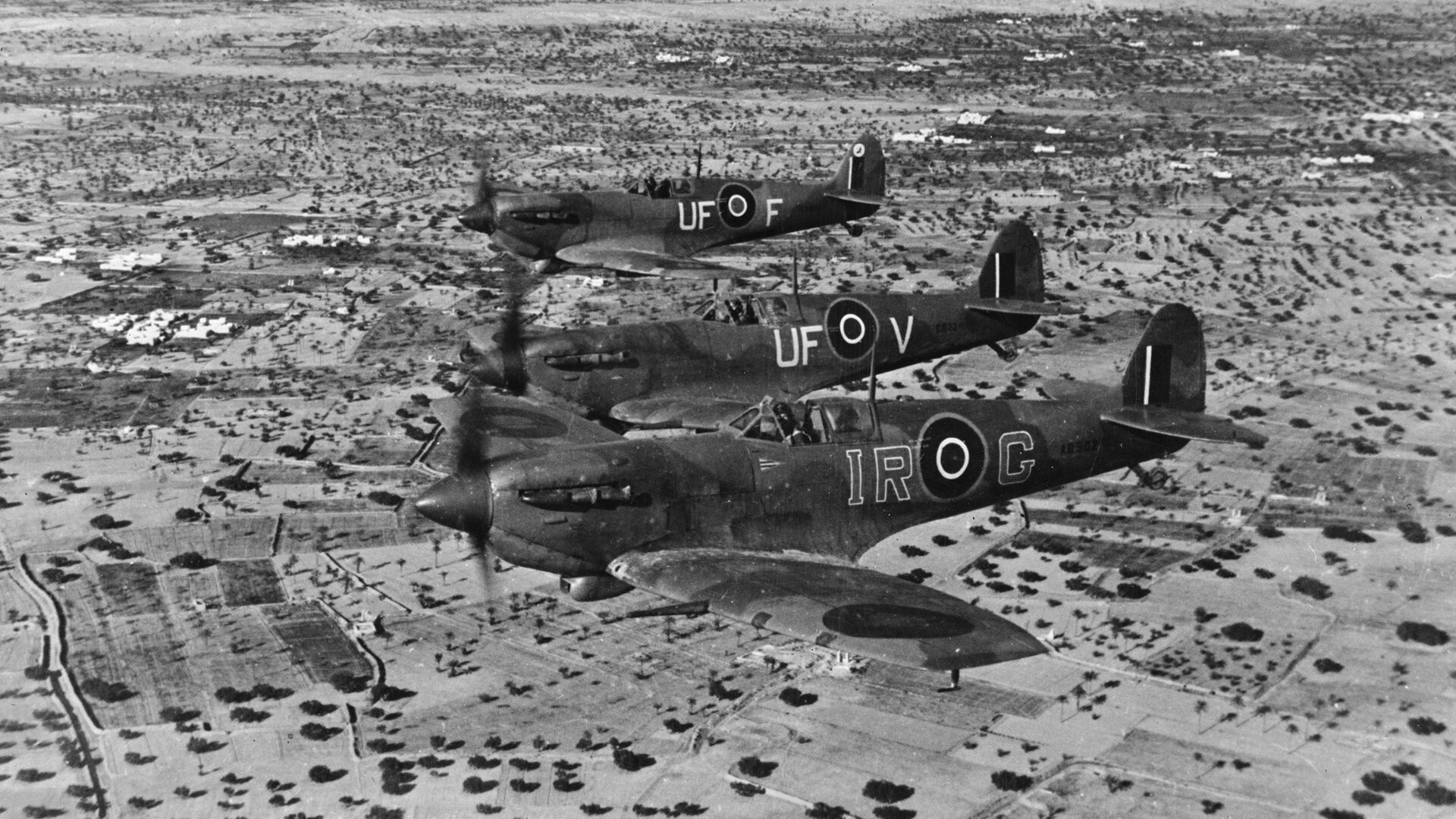
Reginald Joseph Mitchell is the man most closely associated with the development of the Spitfire. In 1920, he was appointed chief engineer and designer on projects mainly concerning flying boats. The Spitfire was developed in response to a 1934 Air Ministry request calling for a high-performance fighter with eight wing-mounted .303-inch machine guns. The plane was to be designed around a 1,000 horsepower, 12-cylinder, liquid-cooled, Rolls-Royce PV 12 engine (later called the Merlin). The design was much more radical than that of the Hurricane.
The Spitfire had a stressed-skin aluminum structure with elliptical wings and a thin airfoil that along with the Merlin’s two-stage supercharger gave the plane exceptional performance at high altitudes.
After a March 5, 1936, test flight and some minor modifications, the Type 300 was flown to Martlesham Heath in Suffolk to be evaluated by the Aeroplane Experimental Establishment. On June 10, the Air Ministry approved the name Spitfire. After spinning trials and further flight testing, the plane went back to Martlesham for full handling trials. The testing results far exceeded those specified by the ministry. During this period the plane underwent several modifications.These included the replacement of the original Rolls-Royce Merlin engine with a Merlin F, which developed 1,045 horsepower, and the addition of a reflector sight and tail wheel.
The primary architect of the Supermarine Spitfire died of cancer on July 1, 1937, at the age of 42. He had labored under a great deal of pain while still working on a bomber project at the time of his death. Mitchell had shunned fame and any form of publicity for himself. Despite his exceptional ability, he was not widely known outside aviation circles. His position at Vickers-Marine was taken by Joseph Smith, who had been his assistant. Smith would now be responsible for all future Spitfire design and development.
On June 3, 1936, an order was given to Supermarine for 310 Spitfires. The order was part of the Air Force’s Expansion Scheme F, which called for 1,736 planes to be in service by 1939. The first Spitfire to be accepted for RAF charge was K9792, which went to the Central Flying Establishment at RAF Cranwell for evaluation by instructors. The plane was approved, and deliveries continued at the rate of about one a week. Other squadrons would slowly begin to receive the new fighter plane. During the spring and summer of 1939, as war with Germany began to look more inevitable, the newly equipped Spitfire squadrons trained intensively in air gunnery, dogfighting, and formations to simulate actual conditions.
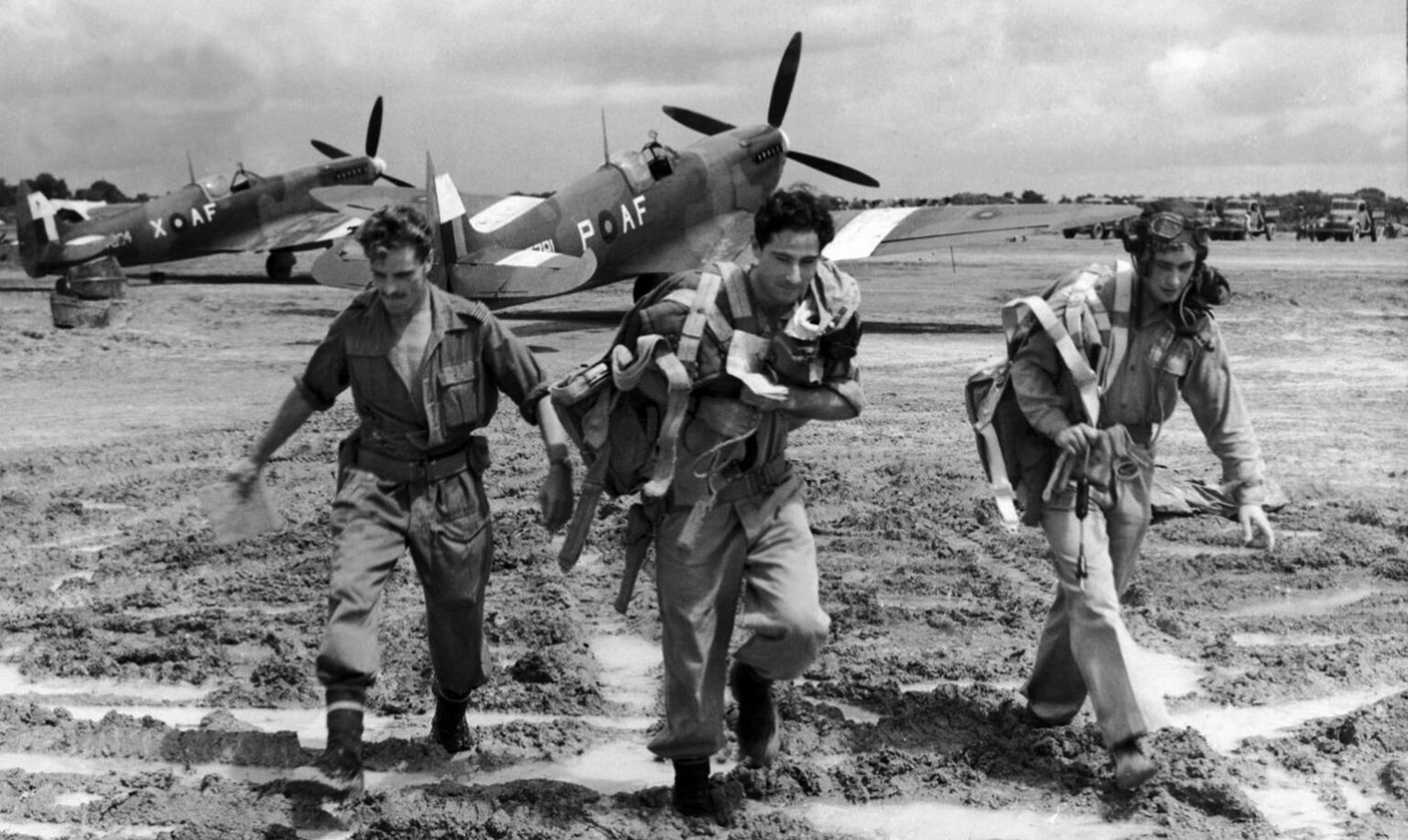
A huge part of the RAF’s defense of Britain depended on the use of radio direction finding stations (RDF). This system, which would soon be known as radar, could locate all but the lowest flying aircraft. If enemy aircraft were coming in at 20,000 feet, they could be spotted by RDF at a distance of about 100 miles, which would allow for approximately a 20-minute warning. For lower flying aircraft, the warning time was much shorter. In order not to mistake British planes for the enemy, they were fitted with an “Identification Friend or Foe” device, which would signal in a distinctive manner on the RDF screen. The initial RDF warnings were transmitted by phone to the filter room at Fighter Command Headquarters in Stanmore, just north of London. Stanmore would verify that the signal was hostile and pass it on to the proper fighter group. As the information went on the group’s board, a Women’s Auxiliary Air Force “teller” would phone the plots to the sector stations. At the point when a German raid crossed the coast, tracking would go to the Observer Corps. The corps would confirm the location of enemy aircraft and phone through the information to group and sector headquarters. Group headquarters then decided which sectors were affected and relayed orders as to how many aircraft should take off. Once the fighters were airborne, the sector controller was then responsible for guiding them to their target and for bringing them home.
By May 1940, Germany had conquered Norway and Holland, Belgium was on the verge of surrendering, and the French Army was collapsing. The British Expeditionary Force (BEF) was in danger of being trapped in France. As the situation in France became increasingly desperate, the War Office ordered the BEF to evacuate France through the northern port of Dunkirk. The BEF was able to fight its way to Dunkirk, where approximately 338,000 Allied troops were rescued between May 27 and June 4, 1940. The vast majority were British with about 100,000 French and Belgian troops. The rescue, known as Operation Dynamo, became one of the most celebrated events in British military history in spite of the fact that it was one of the worst defeats ever suffered by the British Army.
One of the more controversial aspects of the evacuation involved the RAF. The major problem facing the RAF was one of balance. A great many fighter squadrons had been nearly destroyed in France, and enough squadrons had to be kept in Britain to defend against German air raids. When the Spitfire squadrons were put into the fight at Dunkirk, the evacuations were vastly improved. The RAF flew 4,822 sorties over Dunkirk between May 26 and June 4. But most of the fighting took place away from the beaches. The RAF believed it was better to attack the Luftwaffe before it reached the beaches and began dropping its bombs. The air battle at Dunkirk turned out to be the Luftwaffe’s first real setback.
The war in the skies above Great Britain began in earnest in July 1940. The Battle of Britain took its name from a speech given by Prime Minister Winston Churchill before the House of Commons. The battle was confined primarily to southeast and southern Great Britain. The Luftwaffe initiated the battle in preparation for Operation Seal Lion, the German invasion of Britain. The RAF did have certain advantages over the Luftwaffe. First, the British were fighting to protect their homeland. Second, the British had a distinct advantage on the defensive as a result of a superb advanced warning system composed of Chain Home Radar Warning Stations and the Ground Observer Corps. Third, German pilots were hampered by their 410-mile operational limit.
The main aircraft used against the Luftwaffe were the Hurricane MKI and the Spitfire. Reichsmarschal Herman Göring, commander-in-chief of the Luftwaffe, laid out the aims for the planned air war with Britain. The Luftwaffe’s objectives included the destruction of British fighter aircraft, airfields, and factories. The first German attacks in July 1940 were aimed at destroying airfields, but this tactic was soon switched to bombing more strategic targets in an effort to lower British morale. The strategy backfired as British morale remained high, and the reprieve given to the airfields gave the RAF the break it needed. The RAF initiated a massive repair program under the direction of Lord Beaverbrook that returned battle-damaged Spitfires and Hurricanes to service as soon as possible.

The RAF sent accident officers to crash sites to determine if the planes could be repaired. The repairs were performed by motor car companies that were referred to as Civilian Repair Units. On the other side of Lord Beaverbrook’s industrial empire was the manufacture of new planes. In August 1940, the British produced Spitfires and Hurricanes in record numbers.
The Germans had approximately 10,000 trained pilots in 1939, while British Fighter Command had 1,450 trained pilots. The fighting over London during this time was particularly savage. Hurricanes attacked bombers, and Spitfires went after enemy fighters. During the battle, Fighter Command lost more than 500 pilots over southern England. On August 20, 1940, in an overcrowded House of Commons, Winston Churchill summed up his feelings about the RAF’s defense of the country by saying, “Never in the history of human conflict was so much owed by so many to so few.”
Superiority in the air was the task of the fighters, and they played a huge role in the eventual outcome of the war. In Western Europe, North Africa, the Mediterranean, the Far East, and the Pacific, the fighter plane seemed to hold things together when the outcome of World War II was still uncertain. The Spitfire played a major part in this effort. In early 1941, RAF Fighter Command decided to begin offensive operations against the Luftwaffe. The operations, which involved both Spitfire and Hurricane squadrons, became known as “Rodeos.” From May 1941, RAF pilots flying into France began to see a new model of Messerschmitt that was more than a match for the Hurricanes and Spitfires. The RAF squadrons began reequipping the Spitfire MK V with a strengthened airframe and Merlin 45 engine, which was more than able to fight the Bf-109F on equal terms. However, in September 1941, events took a turn for the worse. RAF pilots began to report that they were being attacked by an enemy fighter that they were not familiar with. This advanced German fighter was the Focke-Wulf Fw-190, a highly agile radial engine fighter, soon to be known as the “Butcher Bird” because of its combat prowess.
Another major role played by Fighter Command was escorting bombers over the Continent. They also escorted bombers in attacks on enemy shipping, an assignment the Spitfire pilots did not care for. One of the more important aspects of the RAF during the war was in the field of photo reconnaissance. Clandestine flights were being carried out over Germany as early as 1939. From September 1939, the Secret Intelligence Service became an official organization using Bristol Beinheims and Spitfires. The Spitfire without its guns and other equipment could carry extra fuel, oil, and oxygen in addition to cameras. Even with this, what was needed was a greater combat radius. Additional fuel tanks were installed with an increased capacity of 114 gallons. The modified aircraft became known as the Spitfire IB. One of the greatest dangers of flying these types of missions was the Spitfire’s condensation trail, which would reveal its presence to the enemy.
In 1943, Germany began using the V-1 buzz bomb against civilian and military targets. The weapon carried a one-ton warhead and was powered by a pulse-jet timed to cut off after a set distance, causing it to drop out of the sky. Late in 1943, the V-1 sites became targets of a major bombing campaign. On April 12, 1944, two Spitfire squadrons armed with 500-pound bombs attacked V-1 launching sites. Despite the bombing of the sites, the first V-1 attacks against England occurred on the night of June 12-13, 1944.
Fighter Command designated 11 squadrons to counter these attacks. During this time a great deal of effort was put into increasing the speed of the Spitfire. Even with a number of modifications, it still proved to be a difficult task for the Spitfire to catch the V-1. However, when the Griffon engine was installed in the Spitfire, its performance increased dramatically. Of course, the real answer was to eliminate the launching sites, which did not occur until they were overrun by Allied ground forces. This did not completely end the V-1 threat, but the number of missiles being launched was greatly reduced.
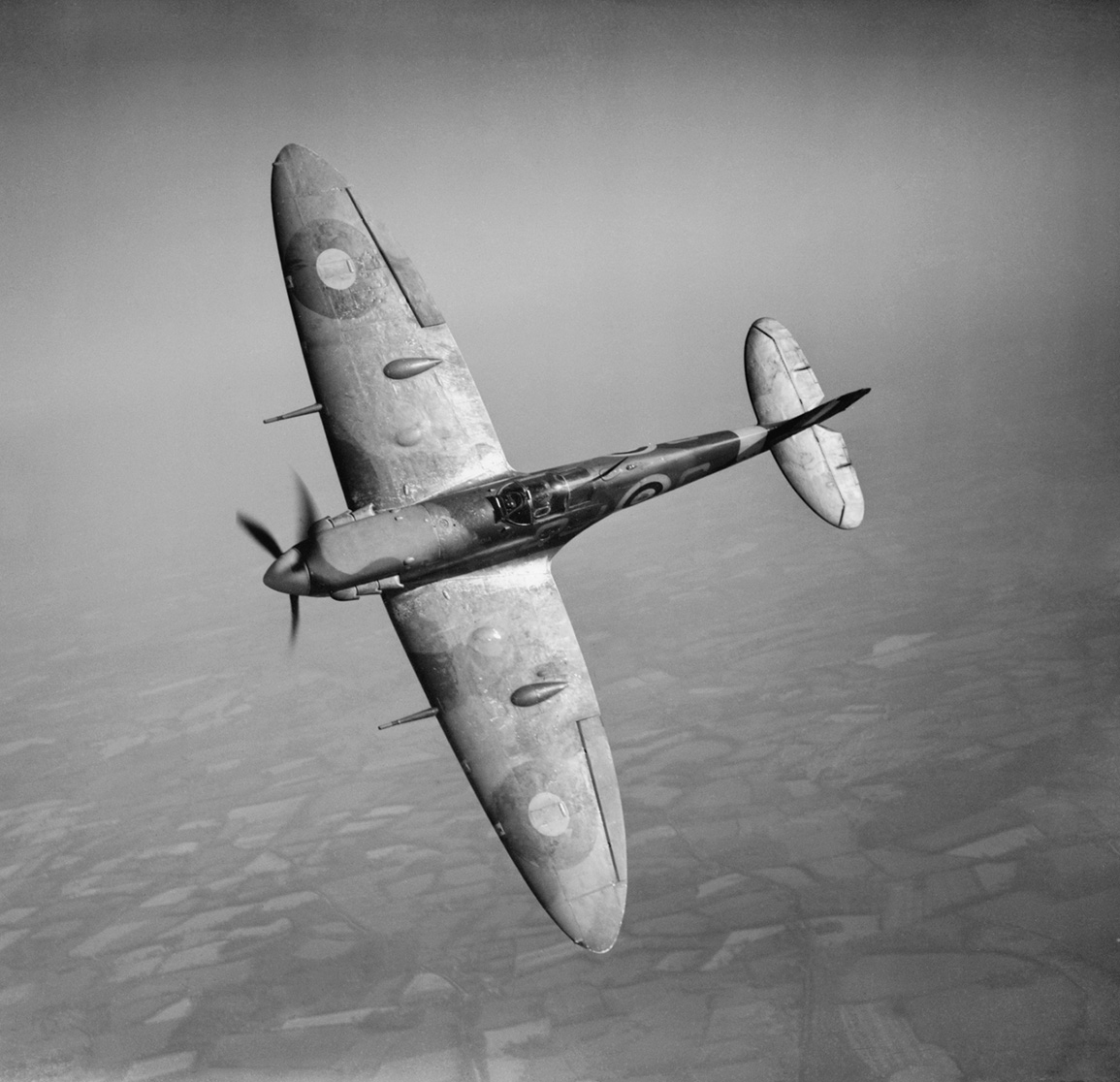
Early in 1944, the squadrons of the 2nd Tactical Air Force were preparing for the invasion of France. It also was during this time that Spitfires joined with other British and American aircraft to attack German power plants, communications, and transportation systems in occupied France and the Low Countries. On May 28, in preparation for the D-Day landing, 62 Spitfires took part in an attack on northern France against railroads and other supporting facilities. On D-Day (June 6), Spitfires were a key part of the air assets assigned to fight the Luftwaffe over the beaches of Normandy. As the Allies continued to move inland, airstrips were being constructed on French soil, allowing a buildup of Spitfire squadrons to support the invasion.
One of the most important uses of the Spitfire during the war was when Great Britain began supplying them to Russia for use on the Eastern Front. The Spitfire became operational in this theater of the war in September 1942, when it was used for reconnaissance against German shipping. On October 4, the Soviet ambassador in London requested additional Spitfires. The request was approved by Churchill, and another 187 Spitfire Mk VBs were sent to Russia. The planes took part in the Russian counterattack that led to the destruction of the German Sixth Army at Stalingrad.
In 1942, the Japanese in Burma were opposed by a combination of American, Chinese, and British Commonwealth forces. The arrival of the Spitfire aided in preventing Japanese advances into China and India. By January 1944, six Spitfire squadrons played a part in achieving air superiority over western Burma.
Seafire was the name given to the naval version of the Spitfire. It saw most of its service in the Pacific and Far East. It formed part of a group hunting Japanese and German submarines. One problem with the Seafire was its short combat radius, which restricted its use to combat air patrols. In June 1945, auxiliary fuel tanks were added to the Seafire, increasing its combat range by 50 percent and allowing it to take part in offensive operations.
The British Spitfire was probably the best known fighter plane during this period of history. As Churchill stated, it was the primary reason for Great Britain’s survival during the blitz of Great Britain by the Luftwaffe. At times, it had to be modified as new German planes came on line, but it continued to hold its own throughout the war. The pilots who flew the Spitfire in defense of Great Britain were some of the bravest of the brave, particularly early in the war when they were greatly outnumbered. Even the Germans agreed that the Spitfire was a worthy opponent.
Gunther Rall, a German ace who test flew captured Allied fighter planes, said that he preferred the Spitfire over all other fighter aircraft that he had flown. The Spitfire was in continuous production throughout the war with 22,800 produced. For many years after World War II, the Spitfire continued in service. It saw action in the Greek Civil War, the 1948 Arab-Israeli War, and in a later conflict was flown by both the Israelis and Egyptians. It also saw action in Korea in the early 1950s, and its popularity continued to remain high into the 1960s.
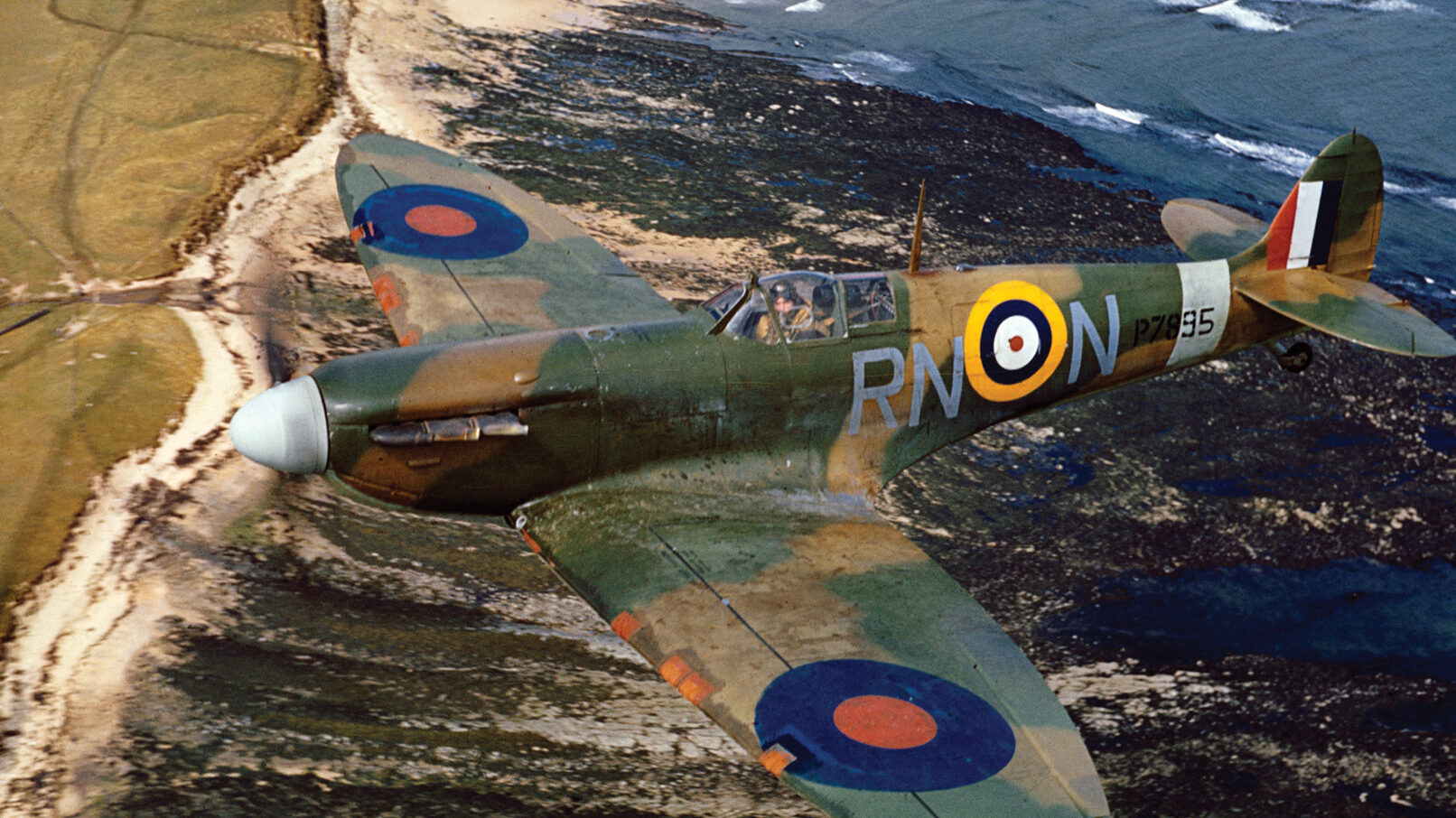
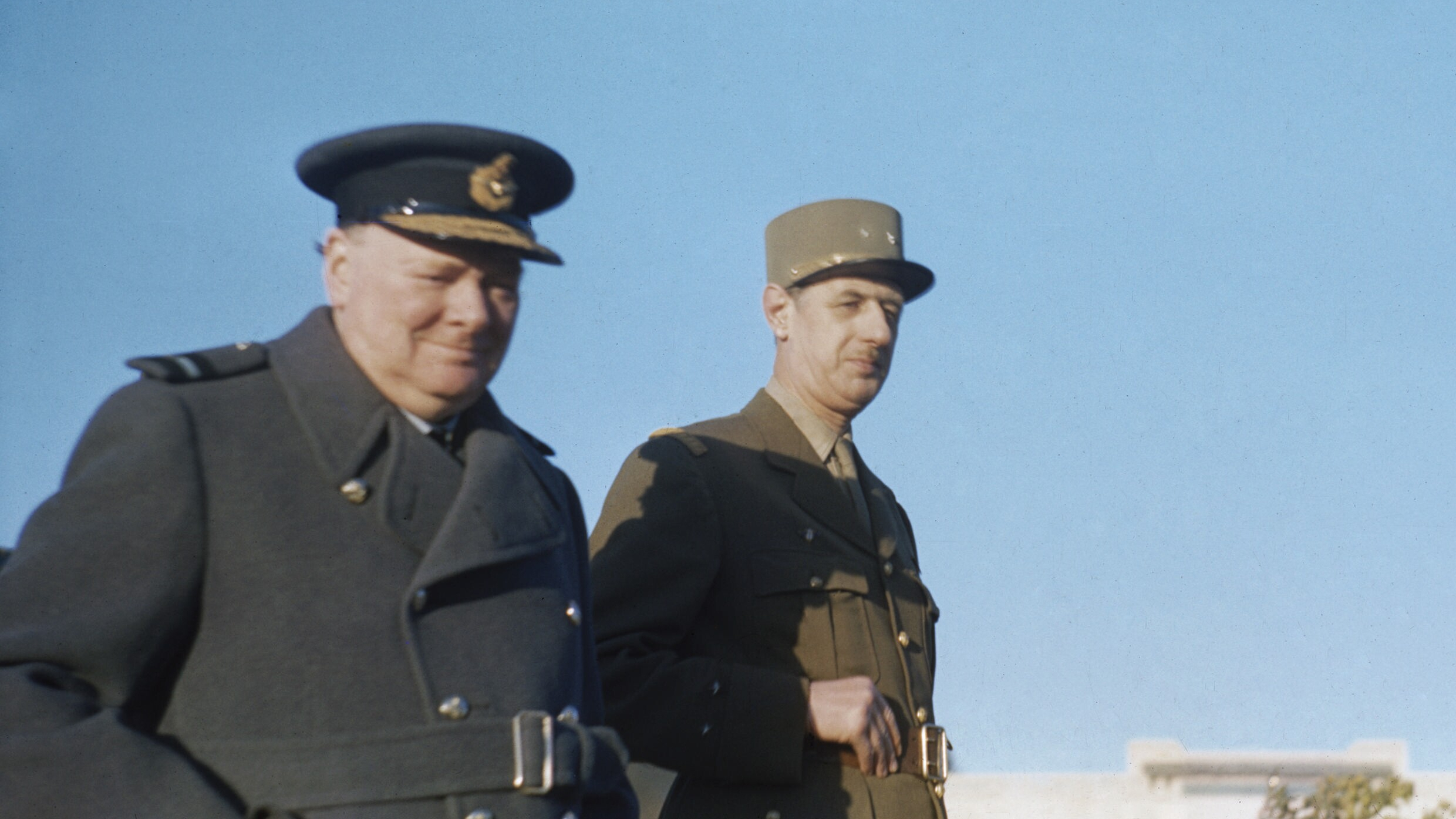
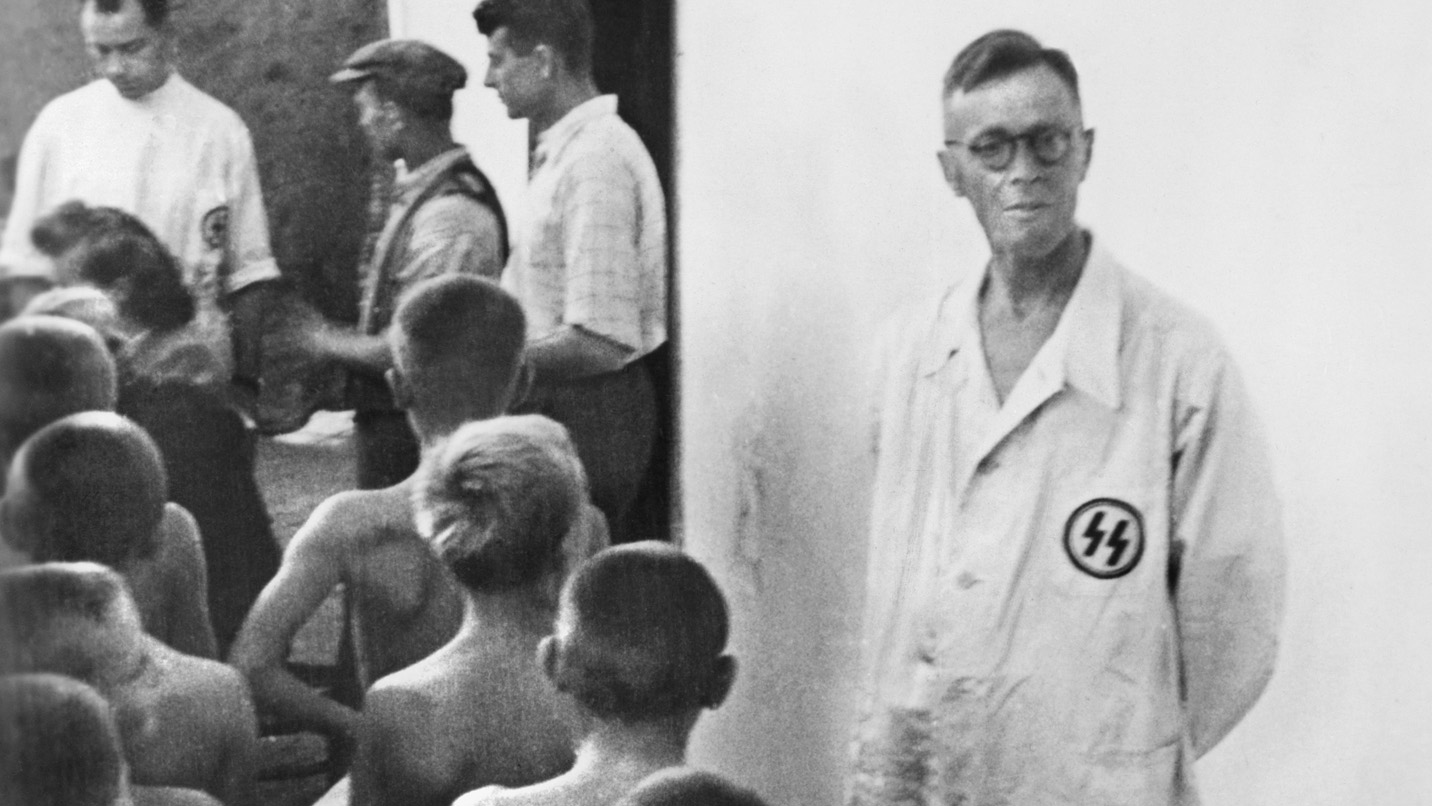
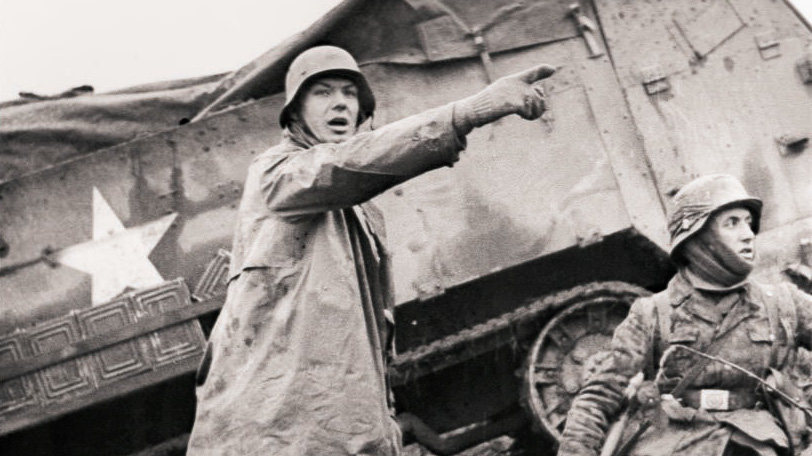
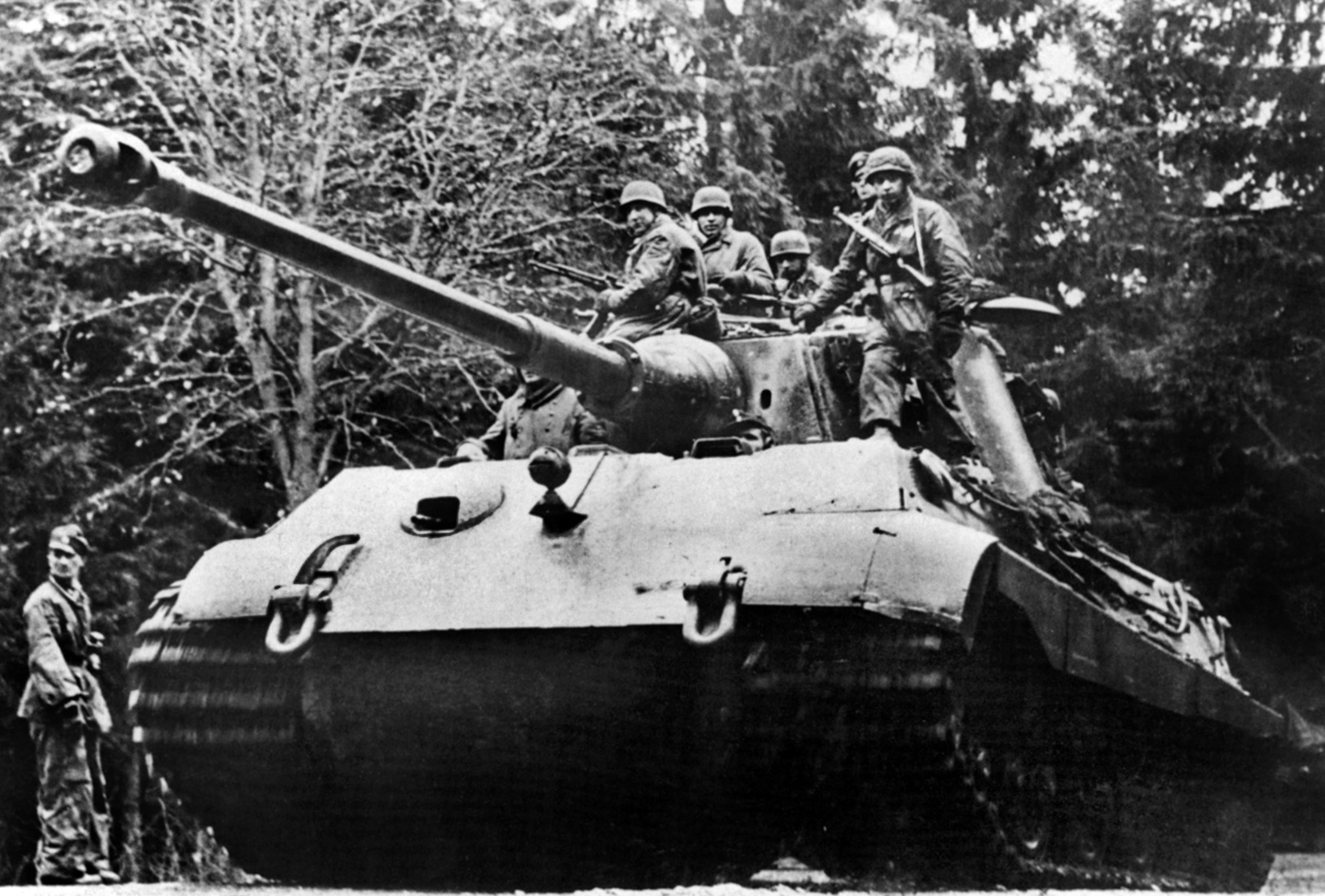
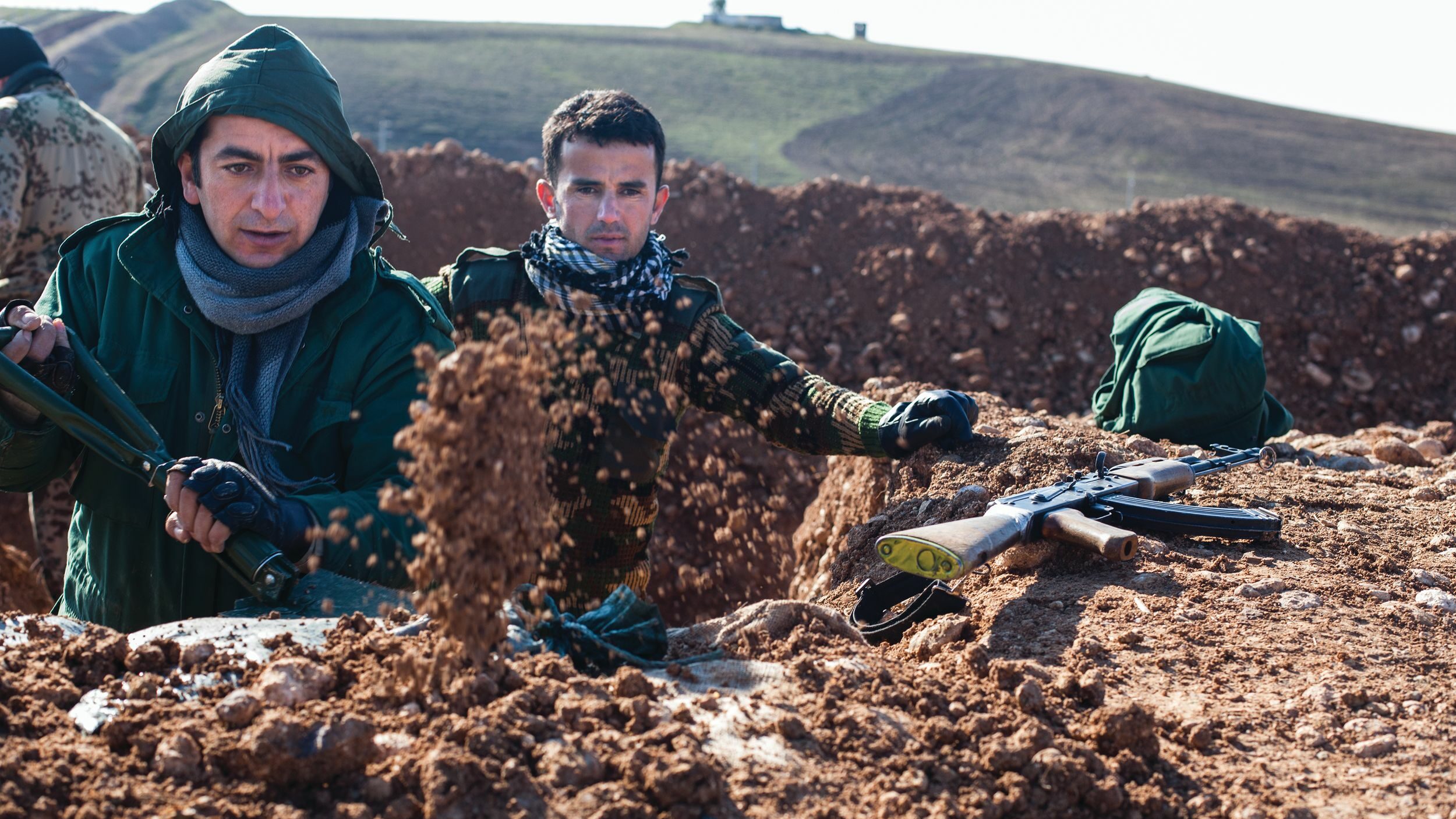
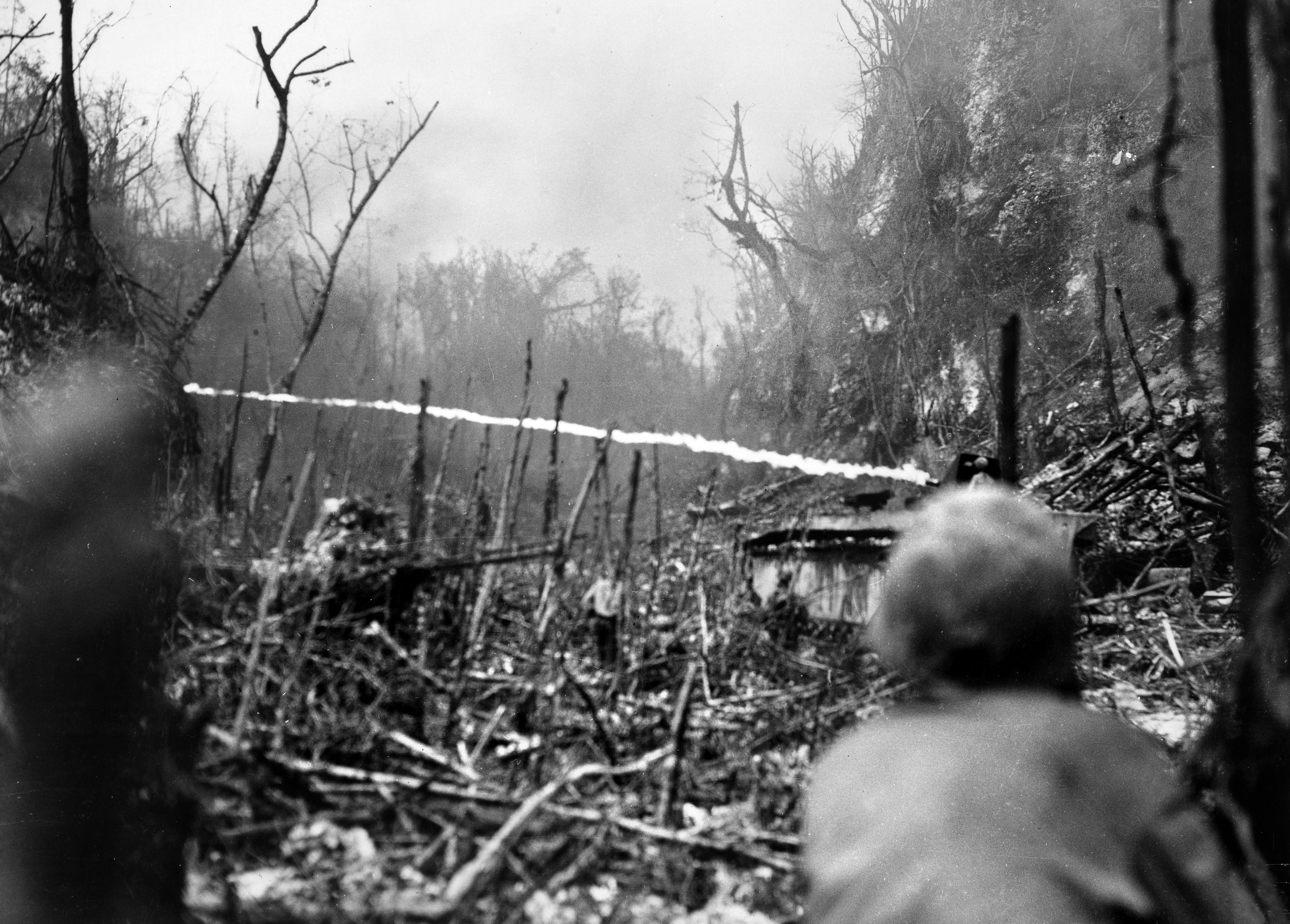
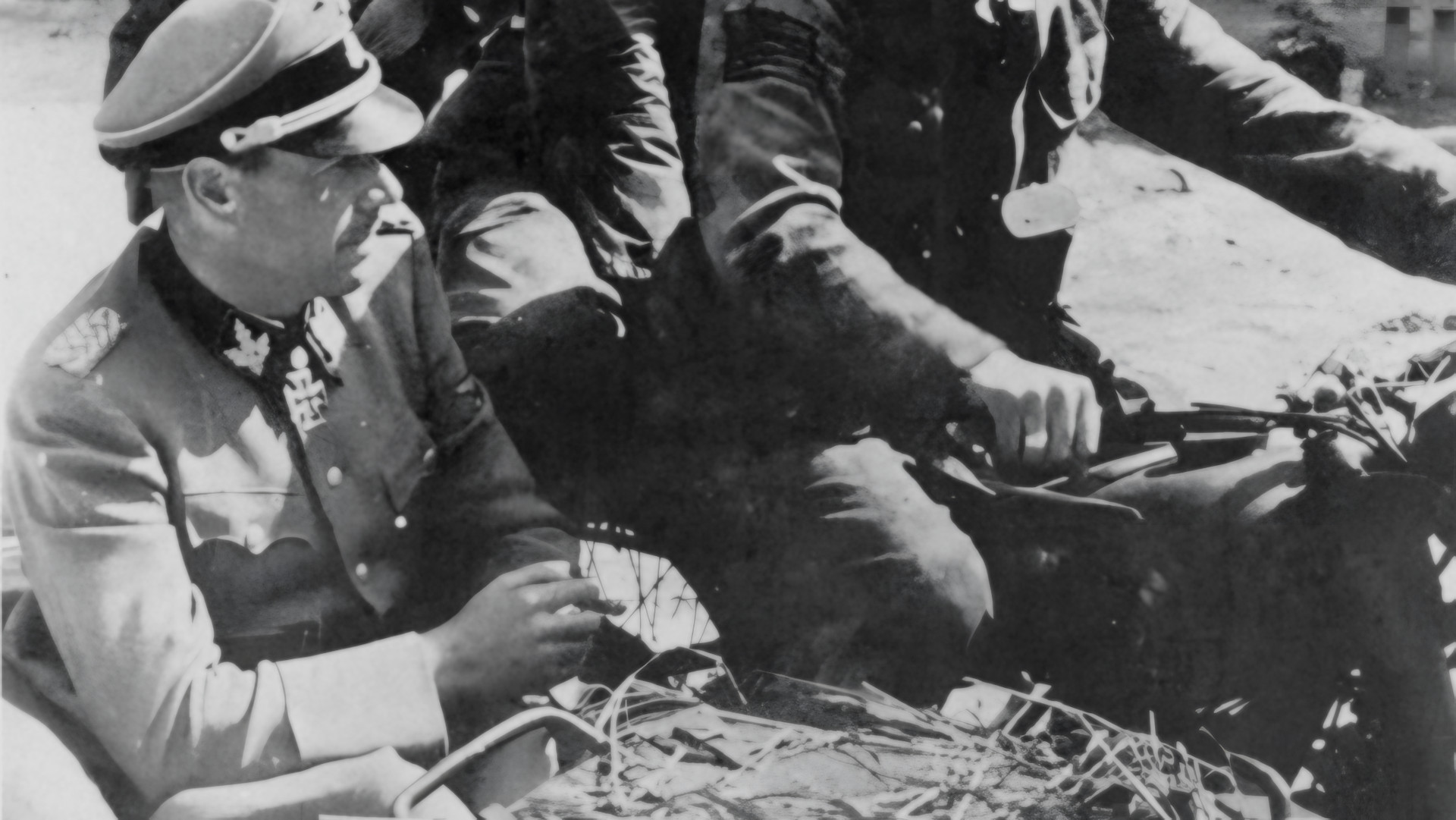
Join The Conversation
Comments
View All Comments